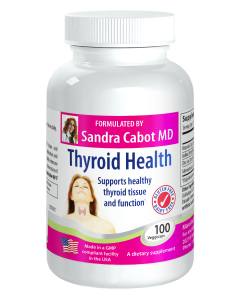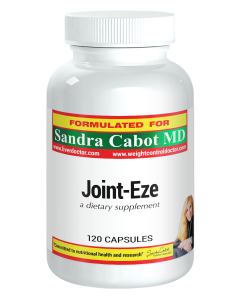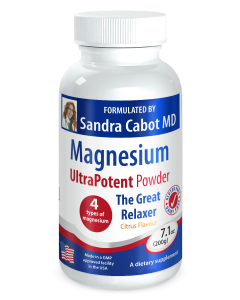

Case Study: No Weight Loss On A Low Fat Diet
Heidi is a 48 year old lady who came to see me for help with weight loss. She needed to lose approximately 50 pounds and found it impossible. Heidi was a long term customer. She read all of our newsletters and took several of my supplements. Heidi came to my clinic seven years ago and I helped her to lose 43 pounds at the time. Unfortunately several stressful events since then caused her to regain the weight and develop some health problems.
Six years ago Heidi’s mum became very ill and eventually passed away. Two years ago her husband’s business experienced financial difficulties and eventually closed down. Heidi is an emotional eater and these events really took their toll. Even though she is no longer stressed, she developed some unhealthy eating habits and has, as she put it, “quite a bad sugar addiction”.
Apart from the excess weight, Heidi wanted help with joint pain. She had recently experienced sore knees and elbows and the pain made it unpleasant to walk her dog, which she normally enjoyed. Not being able to exercise upset Heidi because she knew it impaired her weight loss efforts.
Heidi put great care and attention into her diet. She prepared her own meals and took a home made lunch to work nearly every day. She rarely ate bread because she said it bloated her so much that she had to undo the zipper on her pants after eating it.
One thing that stood out in Heidi’s diet was she barely ate any fat at all. She used skim milk in her tea, ate tuna in spring water for lunch and a chicken breast with vegetables for dinner. She also ate eggs, salmon and pork but didn’t add any fat while cooking them. Heidi dressed her salads with lemon juice; she never used an oil dressing. Consequently Heidi felt hungry for most of the day and confessed that she thought about food a lot of the time.
This is not surprising. Heidi snacked on fruit and dried fruit and would often have six pieces of fruit per day, along with dried dates. This is too much sugar for an insulin resistant person who can’t lose weight.
My recommendations for my patient
Firstly I asked Heidi to follow the eating plan in my syndrome X book. It is based on vegetables, salads, protein and natural fats. Heidi often used my Synd-X Slimming Protein powder to make a smoothie for breakfast. I asked her to add a tablespoon of chia seeds and a teaspoon of coconut oil to the smoothie, to increase the beneficial fats and make it more sustaining. I also asked Heidi to dress her salads with olive oil along with lemon juice.
Heidi was already taking my Magnesium Ultra Potent powder but she only took it a few times a week. I asked her to take some every evening with dinner. The stress that Heidi experienced in the past had really messed with her sleep, and she still found that several nights each week she had a disturbed, restless night. Magnesium is wonderful for calming the nervous system and promoting sound sleep. Inadequate sleep is a huge barrier to weight loss.
Because she carried the majority of her weight over her abdomen, and had a slight abnormality in her liver function test, I asked Heidi to take LivaTone Plus. The liver is the main fat burning organ and assisting its function helps to improve the metabolic rate, as well as energy levels.
I gave Heidi Joint Eze capsules to help with the joint pain she had been experiencing. They contain a combination of glucosamine and anti-inflammatory herbs. I told Heidi about the benefits of bone broth for joints as well.
Heidi’s thyroid blood test result showed her hormone level was in the gray zone. Her TSH level was 2.9. This is not optimal. A level greater than 2.5 indicates subclinical hypothyroidism. A sluggish thyroid gland makes weight loss difficult or impossible, and it can cause fatigue and depression. I gave Heidi Thyroid Health capsules and planned to monitor her hormone level.
Heidi is booked in to see me again in four weeks. I did receive an email from her where she told me she has lost four pounds so far and she said the biggest change has been in her energy level and mental clarity.
The above statements have not been evaluated by the FDA and are not intended to diagnose, treat or cure any disease.
Know someone who might benefit from this article? Share it!
Need Help?
1-888-75-LIVER
Monday to Friday, 9:00 am to 5:00 pm MST
100%
Satisfaction Guaranteed
If it’s faulty or wrongly described, we’ll replace it.













